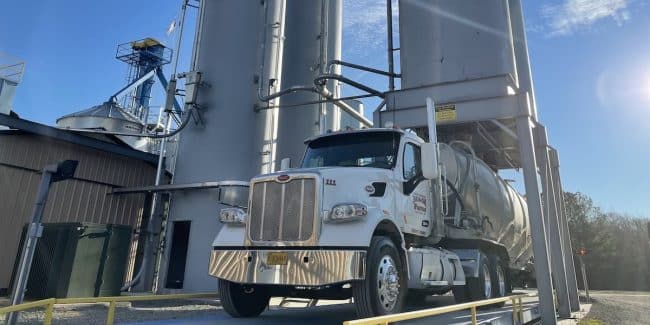
Asset Utilization for Manufacturers: Why Toll Processing Makes Sense
Most manufacturers are trying to do more with what they’ve got. More output, more flexibility, better margins. But here’s the thing: even the best equipment doesn’t help if it’s sitting idle or being used inefficiently. That’s where asset utilization comes in. It’s about making your existing machines work smarter, not harder.
Toll processing can be a big help here. Instead of overloading your own plant or rushing to invest in new gear, you can offload certain jobs to a facility that’s already set up for it. Think of it like borrowing capacity when you need it, without the long-term expense.
Asset Utilization in Manufacturing
Asset utilization is basically how much you’re getting out of the machines and equipment you already have. Are they working when they should be? Are they sitting around too much? If you’re not using them smartly, you’re leaving money on the table.
It’s not just about keeping them running, it’s about using them in ways that actually support your production goals without adding waste or strain.
Common Challenges:
- Underused equipment: Capital-intensive machines sitting idle due to inconsistent production schedules/seasonal demand
- Downtime and maintenance: Equipment breakdowns, lengthy changeovers, or reactive maintenance
- Capacity mismatches: When in-house equipment can’t keep pace with spikes in demand/isn’t suited for new product lines
We often see manufacturers struggle to justify the ROI on large-scale equipment for niche products. Toll processing gives them access to the process they need without the burden of ownership.
What is Toll Processing?
With toll processing, instead of buying new equipment or hiring extra staff, you send out specific jobs (like grinding, blending, drying, or packaging) to a trusted third-party facility. You only pay for the work you need, when you need it. No big commitments, no extra overhead.
Features:
- Pay-per-use structure
- Access to specialized equipment and trained personnel
- Scalable for small batches or large volumes
- No long-term contracts or equipment leases
- Quick turnaround for time-sensitive jobs
- Ideal for R&D, pilot runs, or market testing
- Support for overflow during peak seasons

Is high asset utilization always better? Not always. Overutilization can lead to wear and tear, quality issues, and increased downtime. A balanced approach is better.
Toll Processing’s Role in Improving Utilization
Toll processing helps manufacturers get more from their current equipment by taking on specific operations. This relieves in-house machinery, especially during busy periods or when testing new lines.
- Avoiding extra equipment costs: Instead of purchasing new machines that might only be used for short runs or specialized products, you can route that work to a toll processor. This avoids tying up capital and saves floor space, especially for operations that aren’t core to your day-to-day production.
- Turning fixed costs into flexible ones: Equipment ownership comes with steady overhead, i.e., maintenance, depreciation, staffing. Toll processing shifts those costs to a per-project basis, helping you better align spending with production needs and volume.
- Adaptable production: Respond to shifts in demand without needing new infrastructure or retrofits.
Toll processing acts like an overflow valve. It helps companies stay productive without overloading their own equipment or staff.
Compliance, Quality, & Traceability
For many manufacturers, handing over part of their process to an outside facility raises some fair questions: like how consistent the output will be, or how traceable each batch is. A good toll processing company should have strong systems in place to meet your standards. That includes routine inspections, documented procedures, data tracking, etc.
Processors often follow the same (or stricter) quality protocols than in-house teams. Many facilities are regularly audited and may comply with standards like ISO, FDA, or HACCP, depending on the industry. And because toll processors work with a variety of materials and customers, they’re often set up to manage strict segregation, cleaning protocols, and recordkeeping.
The bottom line: You’re not giving up control… you’re choosing a partner who can meet your quality and compliance requirements every time.
Financial Impact of Better Utilization
- Higher Return on Assets (ROA): Better use of equipment results in improved financial performance.
- Lower operating costs: Fewer maintenance needs and less staffing overhead.
- Less risk: No need for major purchases to handle short-term or uncertain projects.
Does toll processing only make sense for large companies? No, smaller manufacturers also benefit especially when launching new products or increasing volume.
Ready to Optimize Your Assets?
If you’re dealing with capacity limits, struggling with idle machines, or looking for ways to improve asset utilization without major spending, toll processing could be the answer. At M&M Milling, we offer flexible, reliable powder processing services that match your needs. Contact us to find out how we can help you get more from your equipment (and your bottom line!)